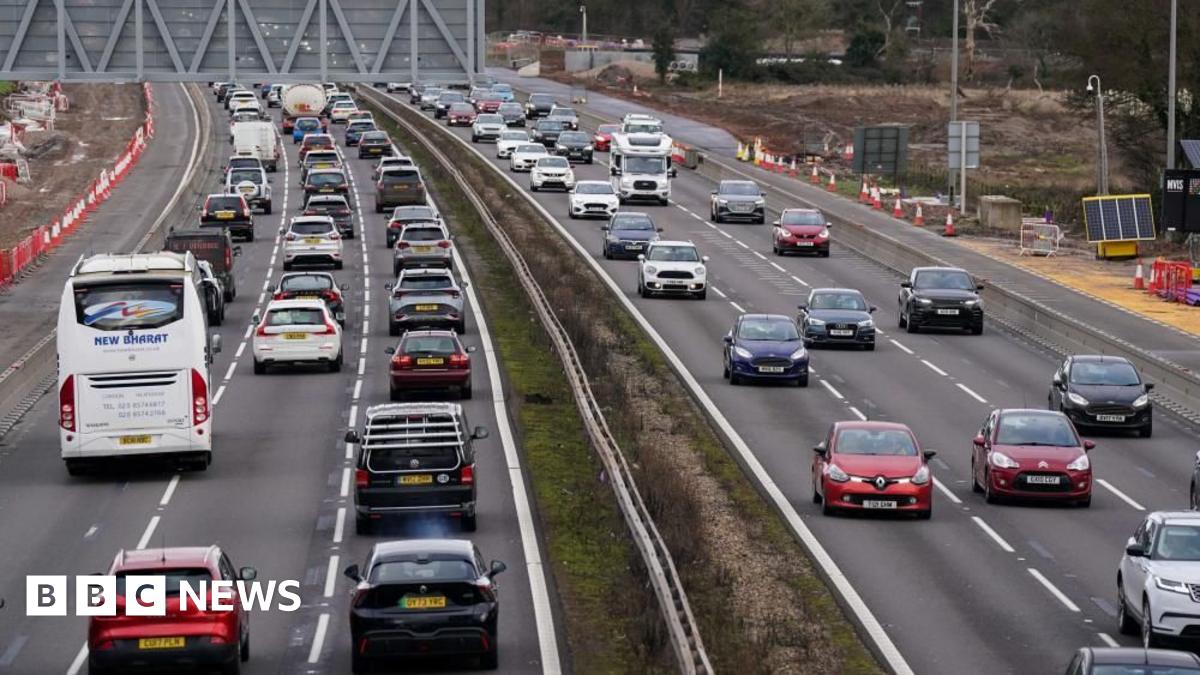Travel
Sun-starved? Head for the Isle of Wight but avoid Scotland and Northern Ireland

Ahead of what is expected to be the busiest-ever bank holiday weekend,The Independent can reveal the sunniest locations in the UK – as well as the dullest.
Southern England enjoys the sunniest skies, while the southern uplands of Scotland are most starved of sun.
An analysis of Met Office data for three decades reveals the Isle of Wight as the only part of the UK to enjoy an average of over five hours of sunshine per day, at 5h08m.
The island resort of Shanklin is the brightest location of all. The town was popular in the 19th century, with Dickens, Keats and Longfellow spending time there.
England’s mainland county that gets closest to endless summer is Kent, with 4h47m of sunshine on the average day between 1991 and 2020. Folkestone is Kent’s sunniest town.
Neighbouring East Sussex is one minute behind at 4h46m. While Eastbourne has long claimed to be a sun trap, the Met Office says Hastings was actually sunnier over the three decades.
Next comes West Sussex (4h42m), with Bognor Regis the location for maximum rays.
East Anglia takes fifth and sixth places, with Essex (4h35m) getting one minute more sunshine on the average day than Suffolk – which is tied with Dorset on 4h34m.
Hampshire (4h32m), Surrey and Cornwall (both 4h29m) complete the top 10.
Among northern counties, the East Riding of Yorkshire (4h16m) is well ahead in sunshine stakes. It even comes in fractionally above Devon, the one south coast county to fail to make the top 10. Over the course of 30 years, visitors to Bridlington enjoyed an average of 18 more seconds of sunshine each day than holidaymakers in Torquay.
The 10 sunniest counties in the UK are all in England, though one in Wales takes 11th place.
The nickname “Barrybados” for the popular South Wales seaside resort of Barry Island appears deserved: the traditional county it is in, South Glamorgan, is well ahead for sunshine at 4h28m.
Gwent is some way behind in second place at 4h11m.
Scotland has some bright locations, notably Dundee (4h01m) – the only place in the northernmost UK nation enjoying an average of more than four hours per day. But it also has the dullest British city: Inverness.
Sun-worshipping Invernesians can expect an average of only 2h53m per day, meaning the sun fails to shine on the capital of the Highlands for 88 per cent of the time.
A Highland Council spokesperson said: “We enjoy long summer days and short nights in the Highlands, with spectacular sunrises and sunsets.
“The Moray Firth coast, with Inverness located on the western end, is often referred to as being the ‘Sunshine Coast’ and benefits from relatively warmer weather and lower rainfall than many other places in the UK.”
The most sun-deprived place in the UK is at the other end of Scotland: Lowther Hill, part of the Southern Uplands and halfway between Glasgow and Carlisle. The peak, which is topped by a radar station, averages a few seconds short of 2h45m of daily sunshine. The Isle of Wight is nearly twice as sunny.
Among Scotland’s islands, Orkney (3h21m) is ahead of the Western Isles (3h14m).
Although Shetland has the longest hours of daylight in summer, much of the time the skies are cloudy; the archipelago barely beats the three-hour mark for sunshine, at 3h02m.
In Northern Ireland, County Down stands out with an average daily sunshine figure of 3h45m. The county, filling the southeast of the nation includes the city of Bangor, the resort of Newcastle and the Ards Peninsula.
But Northern Ireland also has the second-dullest city in the UK in terms of the absence of sunshine: Derry. The sun appears only for a fleeting 3h15m each day on average in the northwestern city.
The mayor of Derry City, Patricia Logue, said: “We may not be top of the tables when it comes to sunny temperatures, but we can guarantee the warmest of welcomes. Instead of soaking up some rays why not visit our walled city and steep yourself in history and culture?”
A Met Office spokesperson said: “While these long-term average figures can give an indication on where, on average, sees sunny skies in the UK in the year, it’s important to remember that there’s much variability year-to-year for cloud cover across different places in the UK.
“The UK’s weather patterns are often dictated by the position of the jet stream, a ribbon of air high up in the atmosphere. Subtle difference in its position can influence the dominant weather for the UK, bringing sunshine for some or cloud and rain for others.
“Sunshine doesn’t always mean warm conditions as well, as much depends on the region the air is coming from when it comes to high temperatures. Staying up to date with the forecast is the best advice for those planning a weekend away.”
10 sunniest counties in the UK – average hours of daily sunshine, 1991-2020
1 Isle of Wight 5h08m
2 Kent 4h47m
3 East Sussex 4h46m
4 West Sussex 4h42m
5 Essex 4h35m
6 = Dorset 4h34m
6 = Suffolk 4h34m
8 Hampshire 4h32m
9 = Surrey 4h29m
9 = Cornwall 4h29m
All figures extracted from data provided by the Met Office.










